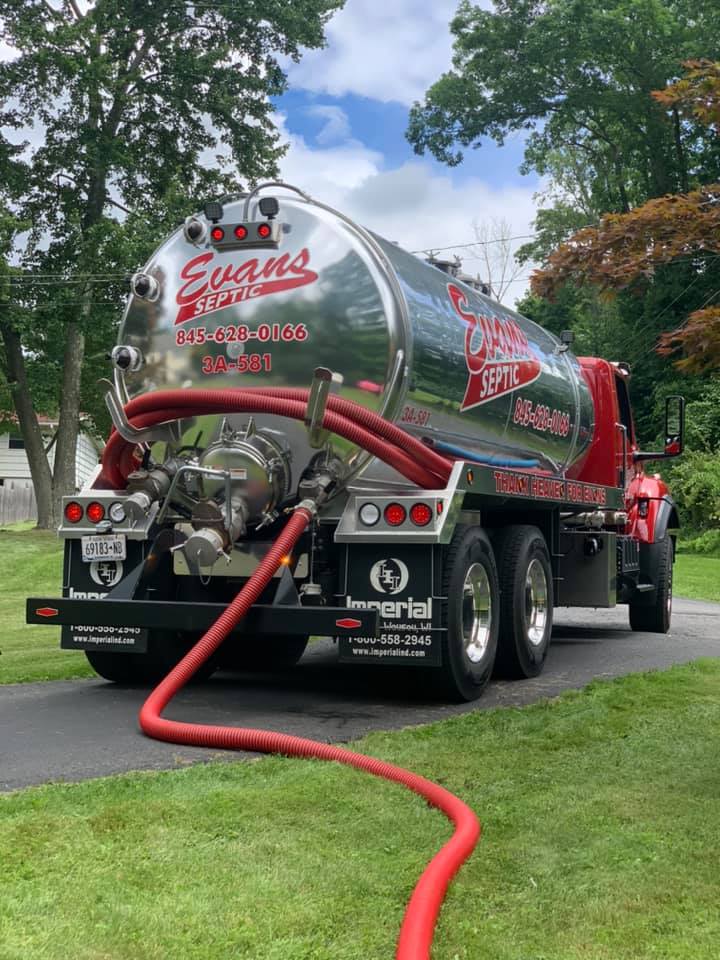About Stillwell Septic And Grading
Table of ContentsStillwell Septic And Grading - Truths9 Easy Facts About Stillwell Septic And Grading DescribedThe 4-Minute Rule for Stillwell Septic And GradingThings about Stillwell Septic And GradingThe Basic Principles Of Stillwell Septic And Grading Some Of Stillwell Septic And Grading
Repair dripping taps and pipes fixtures. https://www.anyflip.com/homepage/vusta#About. A dripping commode can throw away hundreds of gallons of water a day. Take shorter showers. Pursue much less than 5 and do the shower jive. Take bathrooms with a partially-filled tub and do not leave the faucet running when doing other jobs. Laundry only complete tons of meals and washing.
Fascination About Stillwell Septic And Grading
Stay clear of burning stacks of fallen leaves or branches over the drainfield, as the heat might damage the plastic pipelines listed below. Limit the addition of topsoil or compost to no greater than 2 to 3 inches over the drainfield. Stillwell Septic. A good policy of thumb for landscape design over drainfields is to use shallow-rooted plants that do not need additional topsoil to grow
Yards, combined wildflowers, and ground covers with superficial origins are excellent options. Plant trees and hedges at the very least 30 feet away from your septic container and drainfield to maintain roots from getting right into and damaging or obstructing the drainfield pipelines.
A septic system failing triggers without treatment sewage to be launched and moved to where it must not be. This may trigger sewage to come to the surface area of the ground around the tank or the drainfield or to back up in pipes in the structure.
Some Known Facts About Stillwell Septic And Grading.
For the most part, the individual who drops in gets out without significant injury. Yet a kid's tragic death is a tip to evaluate your septic system for damaged or missing out on lids. Owners of septic systems are accountable for guaranteeing the systems are secure and feature correctly, consisting of having a secure lid on the storage tanks
Usage screws, screws, or various other locks to safeguard the covers and protect against easy access. Never drive or park automobiles on top of find out here septic systems- it can harm or remove the cover.
Things about Stillwell Septic And Grading
Make sure the lids are protected after servicing your septic tank. Educate children that the sewage-disposal tank lids are not to be used or opened. Have septic systems that are no much longer in usage appropriately decommissioned. For other basic risk-free practices around septic tanks please evaluation the Septics 201 DIY Program Septic Security Tips.
Keeping in mind the levels will certainly assist identify if there is a possible problem with the system. The storage tank will be entirely pumped down, eliminating all of the liquid and strong waste - Stillwell Septic. When the storage tank is completely pumped, the inlet and electrical outlet tees of the will certainly be checked to guarantee they are still intact and functioning effectively
5 Easy Facts About Stillwell Septic And Grading Described
If you are home at the time of solution (completely not needed if that's not your thing) you may be asked to flush your bathrooms to make certain every little thing is flowing correctly. When the solution is full, the sewage-disposal tank will certainly be covered as it was when we arrived! Experts suggest having your system pumped every 3 to 5 years however a number of aspects need to be considered when choosing exactly how usually your septic system needs to be serviced.

If you are experiencing odors in your house, offer us a phone call. This might be an indicator of an upcoming septic back up! Perhaps. If your septic has actually not been serviced in greater than 6 months, we would intend to service the septic initial. If the issue continues, a drain cleaner will certainly then be sent to remove the line to the septic system.
All About Stillwell Septic And Grading
If the ponding is concentrated over the leach area that can imply a leach line is obstructed with Bio-Mat and requires to be repaired or replaced. The majority of septic systems have 2 to 3 covers; one over the inlet side of the septic storage tank (where the water from your home gets in the tank), one in the center of the storage tank, and one on the electrical outlet side of the container (where the liquid from the storage tank exits to your leach field).
Cut up food particles do not break down in the sewage-disposal tank and can make their escape right into your leach field lines causing blockages. Garbage disposals, even those significant septic secure, are ruled out useful for your septic tank. Correct functioning level is where the water level in your storage tank satisfies the electrical outlet tee of the storage tank.